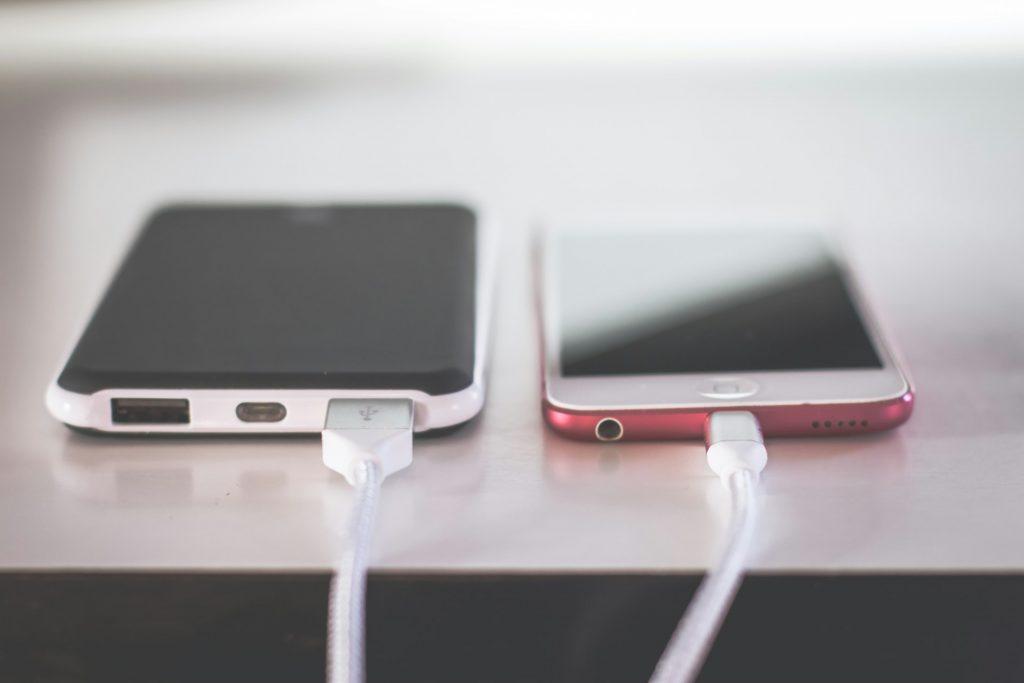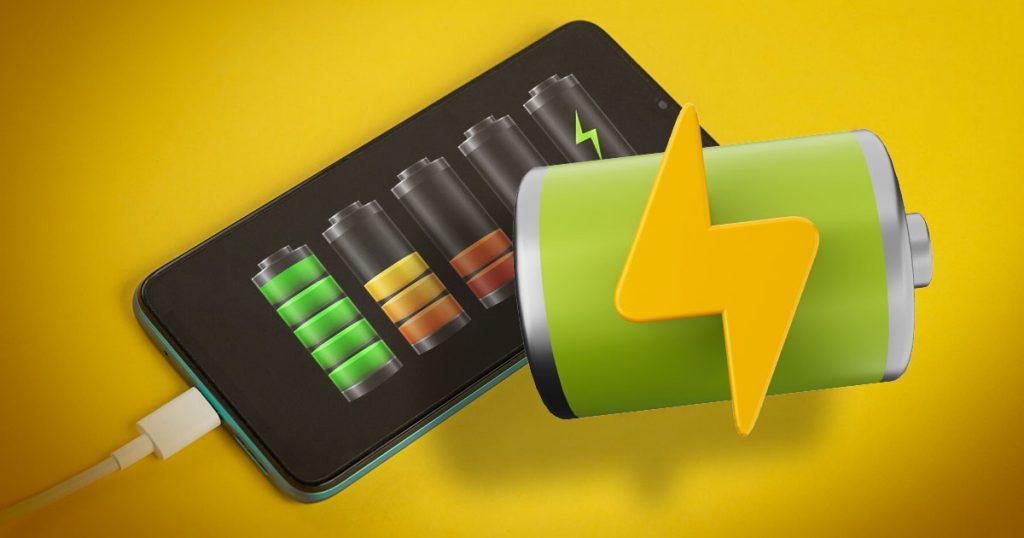Optimized battery charging is a feature that helps make your smartphone battery last longer. It works by slowing down the charging speed when your battery reaches 80% and then finishing the charge just before you usually unplug your phone. This way, your phone spends less time at 100% charge, which helps keep the battery in good shape and reduces wear and tear.
How does optimized battery charging work?
Optimized battery charging uses smart algorithms to learn your daily charging habits and adjust the charging speed and schedule. For instance, if you usually charge your phone overnight, it will quickly charge to 80% and then slow down, finishing the charge just before you wake up. This reduces the time your battery stays at 100%, which is important because keeping a battery fully charged for too long can cause stress and wear it out faster.
Is it an effective feature?
Optimized battery charging is effective for many users. Learning your charging routine helps keep your battery healthier for longer. Studies and user reports show that batteries using optimized charging wear out less and perform better over time compared to those always kept at full charge. Users have noted improved battery health over months and even years. This feature is effective because it reduces the time the battery spends at high charge levels, slowing down the natural degradation process.
Is optimized battery charging good or bad?
Optimized battery charging is generally good for the longevity of your smartphone’s battery. It helps reduce overall stress on the battery, leading to a longer lifespan and better performance. This feature maximizes the efficiency and health of the battery by avoiding prolonged periods at full charge, which can stress the battery and accelerate its wear and tear.
Benefits of optimized battery charging
- Extended Battery Lifespan: Reducing the time your phone spends at a high charge level minimizes wear on the battery, extending its useful life.
- Improved Performance: A healthier battery retains its capacity better, ensuring your phone continues to perform well over time.
- Energy Efficiency: Avoiding unnecessary charging cycles can contribute to energy savings.
Potential drawbacks and risks
- Irregular Charging Habits: If your charging habits are unpredictable, the feature might not work as effectively. Optimized battery charging relies on learning your routine to predict when to charge the battery to 100%. If your schedule is erratic, the phone may not always be fully charged when you need it.
- Initial Adjustment Period: There may be an initial period where the phone is learning your charging patterns, during which the feature may not operate optimally. Users might experience times when their phone isn’t fully charged as expected.
- Dependency on Software Updates: Optimized battery charging features depend on the software to function correctly. Bugs or issues with the software could impact the effectiveness of this feature.
Addressing the concerns
- Manual Override: Users can manually override the optimized charging feature if they know they’ll need a full charge at an unusual time. Most devices allow you to disable optimized charging temporarily or permanently if it does not suit your needs.
- Monitoring and Adjustment: Many smartphones provide settings and notifications to inform you about the optimized charging process. You can monitor these to ensure the feature aligns with your usage patterns.
What usually shortens battery life?
Several things can shorten your smartphone’s battery life, including:
- High Temperatures: Heat speeds up battery aging. Keeping your phone in hot places can make the battery age faster, lowering its capacity and lifespan.
- Frequent Full Discharges: Letting your battery drain completely often can reduce its capacity. Lithium-ion batteries work best when kept between 20% and 80% charged.
- Overcharging: Keeping your phone plugged in after it reaches 100% can wear out the battery faster. Although modern devices try to prevent overcharging, staying at full charge for too long can still harm the battery.
- Heavy Usage: Using apps, games, and other features intensively can drain the battery quickly and require more frequent charging. This high performance generates heat and stresses the battery.
- Background Apps and Processes: Apps running in the background can drain the battery even when you’re not using them. They consume power by updating data, tracking location, and keeping network connections active.
- Screen Brightness and Settings: A bright screen and long screen timeout durations use a lot of battery power. Settings that keep the screen active or too bright make the battery drain faster.
How do you prolong your smartphone’s battery life?

To prolong your smartphone’s battery life, try these tips for both Android and iPhone devices:
Tips for Android
- Use Battery Saver Mode: Turn on battery saver mode (or any similar feature) to reduce background activity and lower power consumption. This mode limits background data and visual effects and optimizes performance to extend battery life.
- Lower Screen Brightness: Reduce the screen brightness or use adaptive brightness. A dimmer screen uses less power.
- Turn Off Unnecessary Features: Disable features like GPS, Bluetooth, and Wi-Fi when not in use. These services use power even when idle, so turning them off can save battery.
- Close Background Apps: Regularly close apps running in the background to prevent unnecessary battery drain. Use built-in tools to manage and stop background processes.
- Optimize Charging: Charge your phone in short bursts rather than keeping it plugged in for long periods. Aim to keep the battery level between 20% and 80% to maintain its health.
- Manage Notifications: Turn off or limit push notifications that wake up your screen or require frequent background updates. This can reduce unnecessary power usage.
Tips for iPhone
- Enable Optimized Battery Charging: Turn on this feature in Settings > Battery > Battery Health. It reduces the time your iPhone spends fully charged, preserving battery health by learning your charging habits and adapting accordingly.
- Use Low Power Mode: Activate low power mode to extend battery life by reducing background activity. This mode limits animations, mail fetch, and background app refresh and decreases performance to save power.
- Adjust Screen Settings: Lower screen brightness and reduce the screen timeout duration. These adjustments can significantly reduce power consumption.
- Turn Off Haptic Feedback: Disable haptic feedback for the keyboard to save the battery. Go to Settings > Sounds & Haptics > Keyboard Feedback and toggle off Haptic.
- Limit Location Services: Only allow apps to access your location while in use or disable it entirely if not needed. Manage this in Settings > Privacy > Location Services, and set individual app permissions to “While Using” or “Never.”
- Disable Background App Refresh: Turn off background app refresh to prevent apps from updating in the background. This can be done in Settings > General > Background App Refresh.
Prolong your smartphone’s battery life with these tips
To make your smartphone’s battery last longer, you need to charge it correctly and adjust some settings. Using features like optimized battery charging and doing things like dimming your screen, closing unused apps, and using power-saving modes can help. Even though you might sometimes find it tricky, like if your charging times change a lot, the benefits are worth it. Following these tips can keep your phone working well for a longer time.
